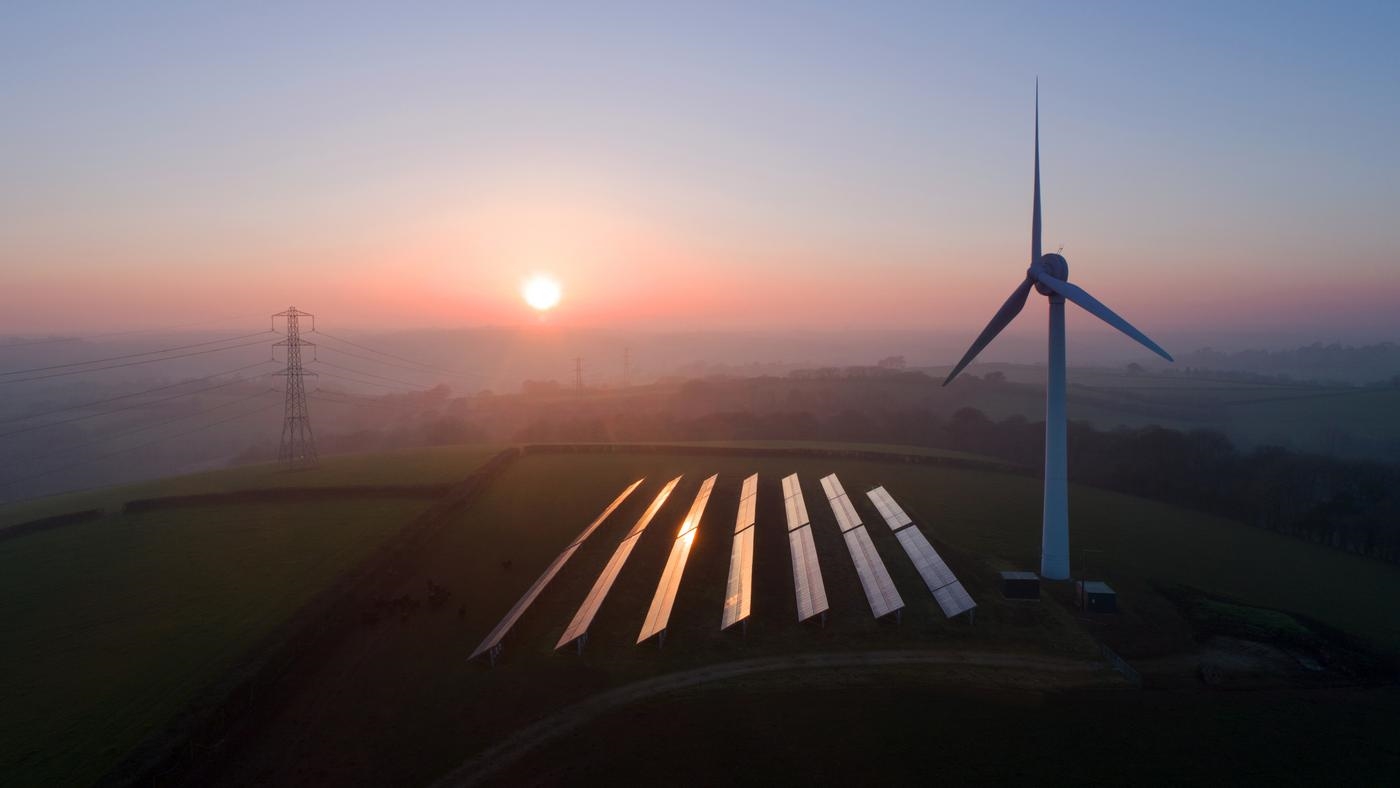Interested in learning more about our gas & LNG solutions?
China’s re-opening off to a stuttering start
The end of ‘dynamic-zero’ will help shape the global economy and energy markets in 2023
4 minute read
Gavin Thompson
Vice Chairman, Energy – Europe, Middle East & Africa

Gavin Thompson
Vice Chairman, Energy – Europe, Middle East & Africa
Gavin oversees our Europe, Middle East and Africa research.
Latest articles by Gavin
-
The Edge
What a future Ukraine peace deal means for energy (part 1)
-
The Edge
What next for East Med gas?
-
The Edge
Battery energy storage comes of age
-
The Edge
CCUS’s breakthrough year
-
The Edge
Five themes shaping the energy world in 2025
-
The Edge
Renewable developers change tack
As recently as mid-November, China’s economists were feeling gloomy. With the country’s leadership holding fast to their ‘dynamic zero’ approach to contain Covid-19, the influential China Economic Situation Analysis Forum passed its verdict: official 2023 growth targets of greater than 5% would be difficult to achieve if restrictions continued.
What happened next caught us all by surprise. Last month, President Xi announced China would reopen its borders and abandon quarantine measures from January 8, ending almost three years of the world’s strictest Covid control measures.
This is welcome news. China’s physical reconnection with the rest of the world will boost trade and investment. Chinese shoppers have three years of savings to spend and, as the spike in travel websites hits has shown, the appetite for ‘revenge travel’ is real. Energy producers, along with manufacturers and the service sector worldwide, are delighted.
But China’s re-opening also comes with risks. A global shopping spree could push global inflation higher, including energy prices, just as it shows signs of peaking. And, of course, Covid-19 cases within China remain high, hurting not only domestic economic activity but risking a worldwide increase in infections that could prove a further drag on global growth just as the US economy stalls and Europe faces recession.
January 8 marked a major milestone. China’s re-opening will help shape both the global economy and energy markets in 2023. But while the end of China’s covid restrictions will bring normality back for millions, its path remains uncertain.
Economic recovery dependent on stabilising infections
China’s re-opening hasn’t started with a bang. Near-term, the outcome will be dependent on the impact of large-scale Covid-19 outbreaks. We expect the situation to become more manageable after the Chinese New Year holiday, with a gradual recovery in economic activity from February.
China’s re-opening will mean an improvement in both highway and domestic air traffic and household consumption should also rebound after the current wave. A recovery in consumer confidence will have a positive impact on the property sales and help drag the sector out of recession.
We also expect supportive monetary policy through 2023, with the central bank cutting interest rates further to boost recovery. From the low base of 2022, China’s economy should achieve growth above 5% this year. Good news for gloomy economists.
China’s rebounding energy demand led by oil
Global oil demand finished the year in the doldrums, with Q4 expected to show a 1.2 million b/d year-on-year decline. China’s zero-Covid policy was an obvious contributor. But re-opening hasn’t been an immediate tonic, as infections continue to limit mobility and economic activity - the oil market plunge on the third day of 2023 trading that was in part due to weak Chinese PMI index data.
But as China’s infection rate slows post-Chinese New Year, we see domestic oil demand rebounding. As the population hits the roads and the skies, our expectation is Chinese oil consumption in 2023 will increase by around 1.0 million b/d, an impressive performance considering Q1 demand is likely to contract by 190,000 b/d. Look for a particularly bullish Q2, with China adding 1.36 million b/d over the same quarter in 2022, the strongest growth in over a decade (excluding the post-Covid bounce) that will support higher prices.
Electricity and coal also recovering, but LNG demand remains soft
It is a similar story of a weak Q1 followed by a Q2 rebound for both power and coal demand. We see annualised Chinese electricity demand posting growth at just below 6% for 2023, notably higher than 2022’s sub-3% increase. Unsurprisingly, coal demand mirrors this uptick, complete with stronger growth in both domestic coal production and imports.
LNG is a different story. Chinese LNG demand took a battering in 2022 as war in Ukraine drove traded prices through the roof. The early signals this year already look more positive - in the first week of 2023 China received 13 more LNG cargoes than forecast. But one swallow doesn’t make a summer and full year demand will still lag 2021 levels as structurally higher LNG prices persist and pipeline gas supplies continue to ramp up.
What China’s re-opening means for energy sector investment
Worldwide, investment in energy and natural resources is on an upward trend. We expect overall spend on supply across oil and gas, power and renewables and metals and mining to increase by 5% to US$1.1 trillion in 2023.
China will be core to this. In upstream oil and gas, China’s NOCs will continue bucking the capital discipline trend and ramp up investment, the bulk of this spent at home despite domestic upstream becoming increasingly more complex and higher cost. The need for more affordable and accessible gas also creates an impetus for greater domestic investment. Chinese gas production is now expected to be up over 5% in 2023.
Though we remain cautious on its LNG imports, China continues to invest massively in gas infrastructure. Domestic LNG import capacity is set to surge by 20% to 135 mmtpa by end-2023, potentially allowing a resurgent Chinese economy to pull LNG supply away from Europe next winter. With this level of investment, China is now the global LNG wildcard.
Strong fossil fuel and power prices will also continue to drive massive investments in domestic renewables. While the not-so-subtle intention of the US Inflation Reduction Act to reduce China’s control of clean energy supply chains poses export challenges for Chinese manufacturers, the government’s support for domestic installations and emphasis on clean energy in its Belt and Road Initiative should offset the impact. Chinese renewables investment will be close to US$100 billion in 2023, by far the highest globally.
APAC Energy Buzz is a weekly blog by Wood Mackenzie Asia Pacific Vice Chair, Gavin Thompson. In his blog, Gavin shares the sights and sounds of what’s trending in the region and what’s weighing on business leaders’ minds.







